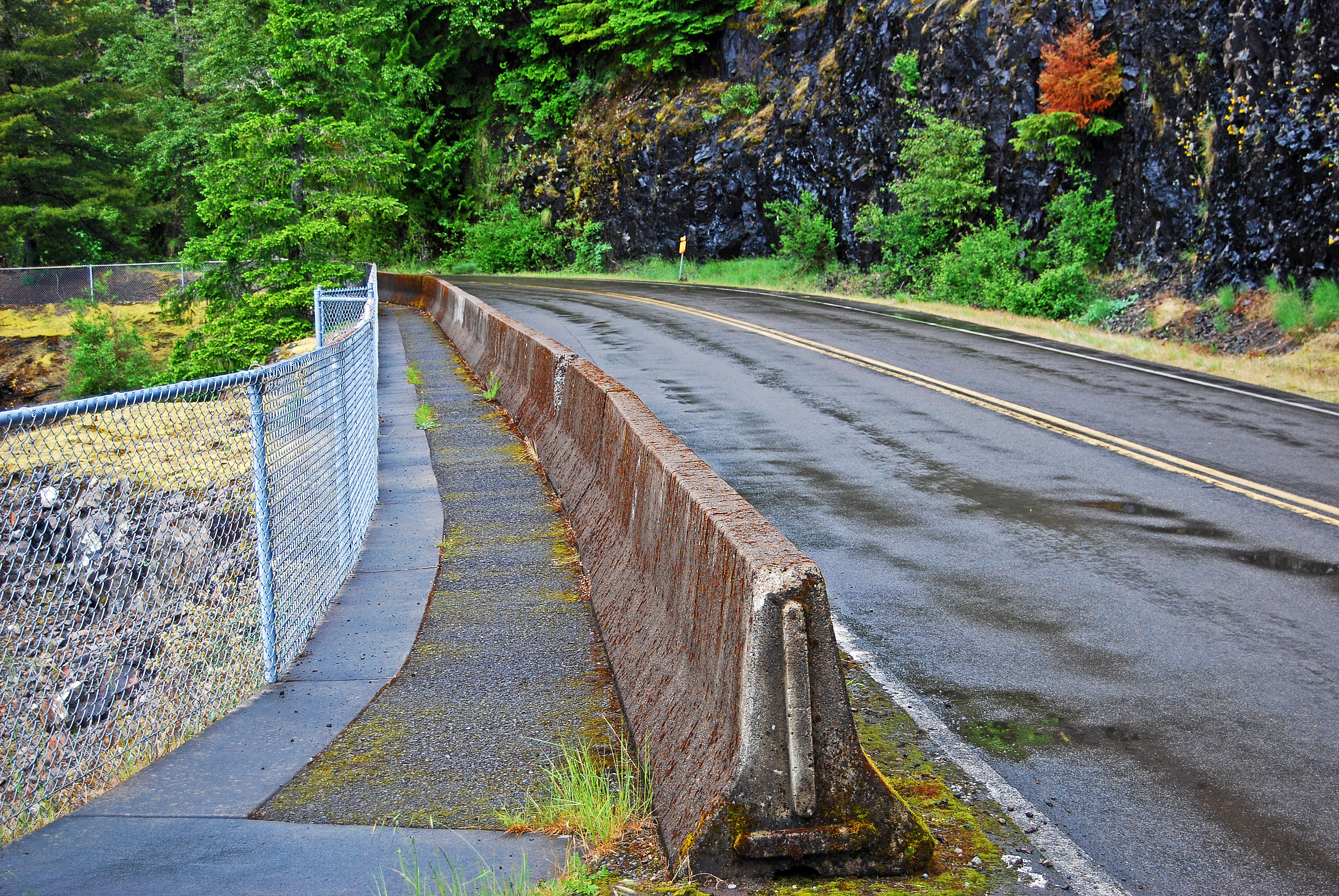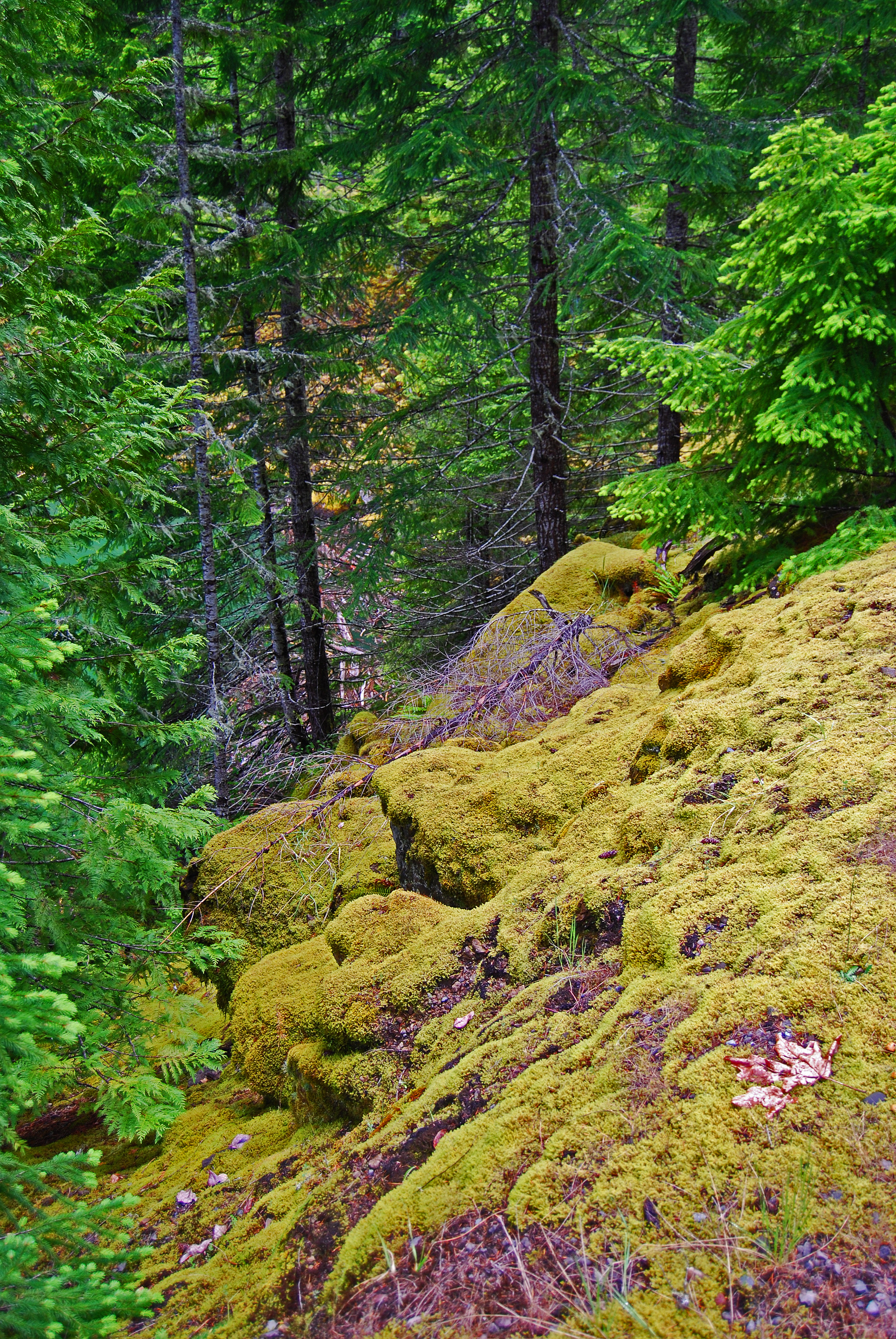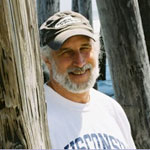TW Column by Steven Lewis
For this Nature Writer, Technology Isn’t What It Seems

After the first surprise, there are more to come.
I begin work on this piece about nature and technology assuming it will take a predictable shape. I’ll head to my usual narrative haunts—the woods surrounding my home in the Shawangunk Mountains in upstate New York—or to Hatteras, the rugged barrier island off the North Carolina coast that teaches me, humbles me, storm by storm. I don’t even give a moment’s thought to my Smart TV or iPhone.
Surprise #1: All I can think about is the day after my oldest son was diagnosed with cancer. A friend, a cancer survivor herself, told me then, “Whatever you do, don’t google it.” I understood. Of course I googled it anyway. And that’s the real trailhead for what has evolved into this meandering odyssey beyond the tree line of my complicated relationship with technology.
Yes, I googled Choriocarcinoma—as many of you will do right now—and I got very little information I could actually use or understand to help myself, my son, or my large family deal with the awful situation. Just as my friend intimated, all that surfing merely confused and scared the living crap out of me. Made me angry.
I turned off the computer that afternoon to escape the interior landscape of my anxieties and wandered out into the woods around my home. For reasons I didn’t—and still don’t—fully understand, I knew the forest would be the only place I’d find some respite. Everything else in my life felt like damnable lies, from the false claims of so many among the faithful who religiously demystify the life of the spirit all the way to the many others whose near religious faith in technology and logic defies logic itself. My son, my dear son, was desperately ill, and there was seemingly no satisfactory explanation or solution to be found.
Although I would like to report I found a measure of transcendent peace in communing with nature that forlorn day, I didn’t. Not that day. Not any day since. However, I did find some respite—let’s call it a breath of fresh air—in the cold and messy and sometimes glorious ways everything in the world lives and dies.
So now, it’s nearly eight years later, my son is still in remission, a miracle of sorts, and I’m at the keyboard, thinking I’ll write something about the contrast between information overload and the simplicity of nature.
Enter Surprise #2: I start writing about my old ’65 Morgan 4/4, the cheap one: no wire wheels, ill-fitting black ragtop, clip-on side curtains, leather belt holding down the double-sided bonnet. That ridiculous shifter! And my old pals, Richard and Jim, pushing the British racing green beauty down Langdon Street in Madison, Wisconsin, until I’d pop the clutch and skid off to campus.
As Siri says, “Route recalculation.”
• • •
I look out the window and see my snazzy new Subaru Forester parked next to the barn. Which leads so naturally and quickly to Surprise #3.
I should be comparing the clunky Morgan to my SUV with its AWD, ABS, EFI, 32 MPG Bluetooth technology. But each time I start down that information superhighway, the irksome little Morgan cuts me off with a toot and snotty, non-acronymed wave, urging me down a potholed exit to my days as a teacher at Empire State, the SUNY College Without Walls, a living, breathing, messy experiment in alternative one-on-one education—then to the day in the mid-2000s when that gorgeous former jumble of a college fully embraced the sleek promises of online education.
The first symptoms of the college’s demise arrived years before it actually happened, just as symptoms of my son’s cancer appeared months before he started coughing up blood. Soon after a new president got hired and looked around at the audacious educational experiment he’d inherited, he was appalled by what one of my colleagues called the “weeds growing up through the cracks in a sidewalk.” The new president was appalled by the notion of a college without distinct, discernible standards—without clearly established guidelines for constructing lesson plans or rules to follow when evaluating student work—without rubrics!
He moved quickly to construct order with walls in a college that eschewed walls, real and metaphorical. No more of that ’60s fiddle, no poetry, no imaginary gardens with real toads in them. He wanted to know that a course offered in Buffalo would look, feel, act, move like the same course offered in Albany or Manhattan. And he knew technology was the answer.
His instincts—such as they were—showed he didn’t understand the nuanced ways people learn or the relationship between technology and education. He eventually gutted the lifeblood of the college and turned it into a business.
As I stare at my keyboard in 2015, the confusion and anger and hopelessness I felt at the clear cutting of such a beautiful and humane institution reminds me—if I multiply by a million—of the confusion and anger and hopelessness I knew not long after my son was diagnosed with cancer.
Which transports me back to a day in 1965, blinded by the sun on Langdon Street in Madison, when I turned left and rammed my beloved, unreliable, oil-dripping Morgan headlong into a Chicken Delite delivery truck. Even at nineteen, I knew the Morgan was not simply transportation. It was a gorgeous backache. It was a transcendent heartache. And, more often than not, it was art, a dusty sculpture sitting in the gravel and weeds, destined to become an unrequited love, a lost dream, a respite from the mundane—now a vague memory of Richard and Jim in the shaking rearview mirror, fists raised, cheering as I finally chugged off to my American Lit class—a lecture on futility, anger, and confusion in Hemingway.

• • •
Which brings me to Surprise #4, although I’m going to call it a discovery. Leave it to Hemingway, a drunk misogynist who experienced oxymoronic pleasure in the killing of wild animals, to be my guide through the jungle to the moveable feast that is the relationship of nature and technology.
Jake Barnes’s woeful plea in The Sun Also Rises, “I didn’t want to know what it was all about. I just wanted to know how to live in it,” keeps looping through my mind as I return to the walk in the woods I took the day after my son’s diagnosis.
That afternoon, I passed a neighbor’s property, jokingly—and not so jokingly—named TidyWoods. It was a cheeky homage from the owner’s former wife concerning his commitment to clearing the mess that is the natural state of all untouched land: fallen trees, rotting leaves, scat, carcasses.
It was certainly easier wandering through his bucolic property than my untended eighteen acres, which were full of the detritus of woodland life that makes you stumble or pokes you in the eye or simply offends your sense of order and symmetry. But that day, I also noticed how TidyWoods was not teeming with life in the way my property was. On my land, the fallen trees were home to rodents, insects, reptiles; the dead birds and squirrels food for coyotes and turkey vultures. There, I found broken sticks, dead leaves, straw that would end up in nests of all kinds; the scattered boulders and rocks warmed chameleons and cold-blooded snakes.
Eventually, I wandered back to my property and the tension of its two civilized acres amid the wildness of the rest. As I stood on the footbridge over the stream and looked around at the mowed lawn, the gazebo, the tree house I had just painted green, the red barn, the beautiful family home with its porches, the stunning non-native magnolia tree in the front yard, the garden with its raised beds, I understood that while these two environments share some things, they’re two separate entities.
I thought of Gertrude Stein looking at the vase: a rose is a rose is a rose.
I thought: a walk in the woods is a walk in the woods is a walk in the woods.
And: a yard is a yard is a yard.
Nothing more. Nothing less. My walk in the woods was not a photo op. Not a chance for a Facebook posting. Not some National Geographic special about the “wonders of nature.” None of it could be duplicated in pixels of any kind. Just as indoor climbing walls do not in any way constitute rock climbing—and Xbox basketball is not basketball—and wandering around Epcott Center’s Paris is not in any fashion akin to being in Paris—a walk in the woods is a wholly different experience than lying in a hammock in the middle of a well-tended yard.
• • •
So, I’ve arrived at the final discovery—and #5 does surprise me. Here I am, about to pull the wrath of the typewriter gods down on Google and all things search engine, when I come to the edge of the cliff. I step off the bridge with the powerfully humbling understanding that my son’s life was saved by chemicals that did—and do—what prayer circles and affirmations and orgone boxes and Reiki therapy and sweat lodges and vegan diets could not—would not—do.

(Add to that the smirky acknowledgment that my boxy, reliable Subaru is an infinitely better car than that beautiful, backbreaking Morgan.)
And along with it comes this singularly awe-filled moment of clarity: Human beings have always been in a battle with nature, attempting to control its messiness, unpredictability, harsh truths, and endless mortality. Worse, the remarkable advancements of science and technology have only made nature more loathsome to us. Not because of what nature is or is not but because, through advancing technology, human beings have increasingly viewed nature with even greater and more desperate hopes that they can finally control it.
Which is the one thing technology cannot do. It cannot and will not save us from ourselves. Cannot offer us sanctuary. Technology carries with it such complex information and such corrosive misinformation that it leaves us all confused, hopeless, and angry.
The best we can hope for is some respite.
Technology is technology is technology.
We who want to save the natural world from its worst predators—ourselves—need a new paradigm for technology, not another technological solution. We need to see technology in new ways—not as something to control nature, not as something to protect nature, not as something to replace nature.
Technology is technology is technology.
Just as I found respite in the woods eight years ago, we will find a different kind of respite in technology. Respite may seem like cold comfort, inadequate to the task of reigning in humanity, but for me right now, it’s a breath of fresh air, a lovely surprise.
As E. E. Cummings told us in the introduction to his Collected Poems, “Always the beautiful answer who asks a more beautiful question.”
Publishing Information
- The Sun Also Rises by Ernest Hemingway (Charles Scribner’s Sons, 1926).
- Introduction to “New Poems” in Collected Poems by E. E. Cummings (Harcourt, 1938).
Art Information
- “OR 55-1 (Cougar Lake)” © Keith Mou; used with permission.
- “OR 41-1, Cougar Dam” © Keith Moul; used with permission.
- "Morgan 4/4" © Steve Glover; Creative Commons license.
 Steven Lewis is a columnist at Talking Writing, Literary Ombudsman for WritersReadOnline, a current member of the Sarah Lawrence College Writing Institute faculty, and a longtime freelancer whose work has been published widely, from the notable to the beyond obscure. His new novel, Take This, will be published by Codhill Press in Summer 2015.
Steven Lewis is a columnist at Talking Writing, Literary Ombudsman for WritersReadOnline, a current member of the Sarah Lawrence College Writing Institute faculty, and a longtime freelancer whose work has been published widely, from the notable to the beyond obscure. His new novel, Take This, will be published by Codhill Press in Summer 2015.
